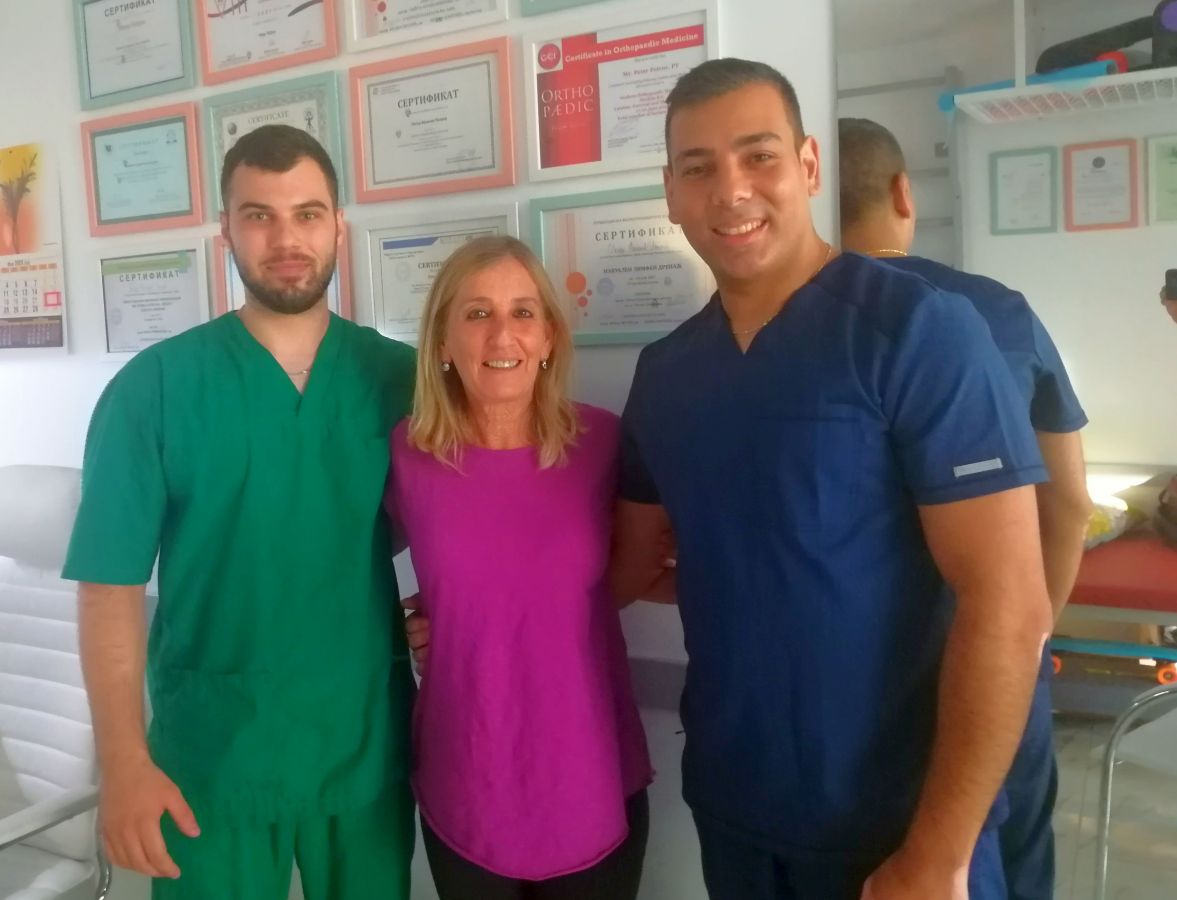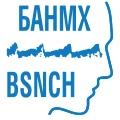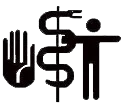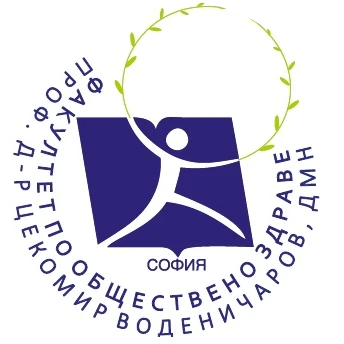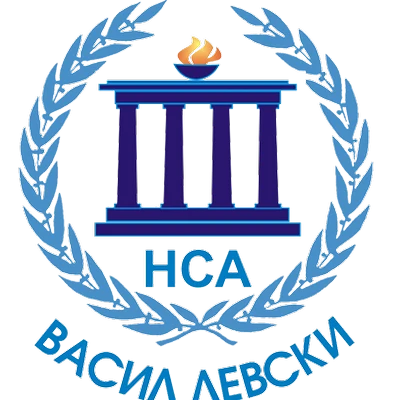With great pleasure, we would like to share with you our wonderful meeting with colleague doctor physiotherapist Sabrina Condrò from Palermo, Sicily, which took place in the month of July 2023 in the city of Sofia.
Dr. Sabrina Condrò is a neurorehabilitation physiotherapist with over 35 years of experience and knowledge in this field. In his practice, Dr. Condrò relies heavily on specialized manual techniques and patient-conscious movements. In this way, the patient consciously and voluntarily performs and relearns the lost movements.
According to Sabrina Condrò, regular rehabilitation is the most correct approach for the successful recovery of a stroke survivor. Specialized physiotherapy should be carried out by a physiotherapist narrowly specialized in neurology. Of fundamental importance for the physical improvement of the patient is his motivation, strong dedication, support from family and friends, as well as from institutions are among the main prerequisites for conducting quality and effective therapy.
Together with Dr. Condrò, we were able to exchange important information related to the specialized therapy and recovery of stroke survivors.
It is here that we will share an important part of the questions that we discussed in the office of Neurorehabilitation Izgrev in the city of Sofia.
Dr. Condrò, how do you manage to reduce increased muscle tone in stroke patients?
We use light stretching, passive movements, and of course active movements. Also exercises that increase muscle strength and increase the range of motion in the joints. If necessary, we use orthotics that help the rehabilitation program.
Do you use heat or cold applications or massage to reduce increased muscle tone?
We do not use heat or cold applications. I also do not consider the use of massage appropriate for spasticity.
What is your opinion on the application of botulinum toxin (botulinum neurotoxin) for spasticity?
I only endorse the use of botulinum neurotoxin if it is followed by targeted and specialized training to strengthen the antagonistic muscle groups. The placement of botulinum neurotoxin should be moderate and expedient, for the needs of facilitating the subsequent rehabilitation process. With long-term use of botulinum neurotoxin, negative changes are observed in the injected muscle groups.
In your opinion, what is the best rehabilitation approach to use for stroke survivors? Should we include in the rehabilitation program targeted motor tasks in their pathological burning pattern or should we use exercises that strengthen weak muscle groups?
I believe that the better option is to train the weak muscle groups such as external rotators of the shoulder joint, extensors of the elbow, wrist and fingers.
To what extent does the upper limb recover after severe hemiplegia in middle-aged patients?
My observations are that after a severe hemiplegia in a middle-aged patient, the function of the upper limb can be restored to a maximum of 70%. For
unfortunately, motor deficits remain that disrupt the performance of more complex activities of daily life.
Is there a relationship between good gait in a stroke survivor and upper limb function?
Of course there is a connection. Gait and upper extremity function are closely related. The upper limb participates in the walking process, diverging with the opposite leg. Patients who develop a good gait recover the function of their upper limb more easily.
Does it make sense to conduct rehabilitation in patients after a stroke in a chronic period?
Yes of course that makes sense. In patients who have long survived a stroke, it is imperative to maintain the achieved results and carry out specialized rehabilitation procedures. Usually, this type of patient does not have enough physical activity, as a result of which it is possible for their motor performance to deteriorate. The same applies to patients with multiple sclerosis, amyotrophic lateral sclerosis, traumatic brain injury, spinal cord injury and others with neurological diseases. For some patients, rehabilitation lasts a lifetime. An important goal is to keep their motor activity in good shape.
How long does it take to treat a stroke patient in Italy?
In Italy, after the patient has been actively treated and has stable hemodynamic parameters, he is admitted to a hospital for long-term treatment for a period of three months. This is precisely the time when the processes of neuroplasticity and brain reorganization are most active. Therapeutic procedures are perform intensively twice a day with a duration of 45 minutes. Obligatory performed by a narrow specialist physiotherapist (kinesitherapist) in neurology. These are the important prerequisites for the successful recovery of the patient.
Petar Petrov physiotherapist in neurology and psychiatry and Kiril Pilyokov physiotherapist from Neurorehabilitation Izgrev express their heartfelt thanks to Dr. Physiotherapist Sabrina Condrò for the shared professional experience and the wonderful evening in which we exchanged experiences and of course to her husband Rosario from the city of Palermo.

